

Sullivan Expedition Strikes Deep into the Heart of the Iroquois Nation
The Patriots living in the Mohawk Valley and northeastern Pennsylvania had been devastated by Loyalists and their Indian allies in 1778. So much so that many fled this fertile area which had been the breadbasket for the Continental Army. Reestablishing control over this area would be a priority for Congress and General George Washington in 1779.
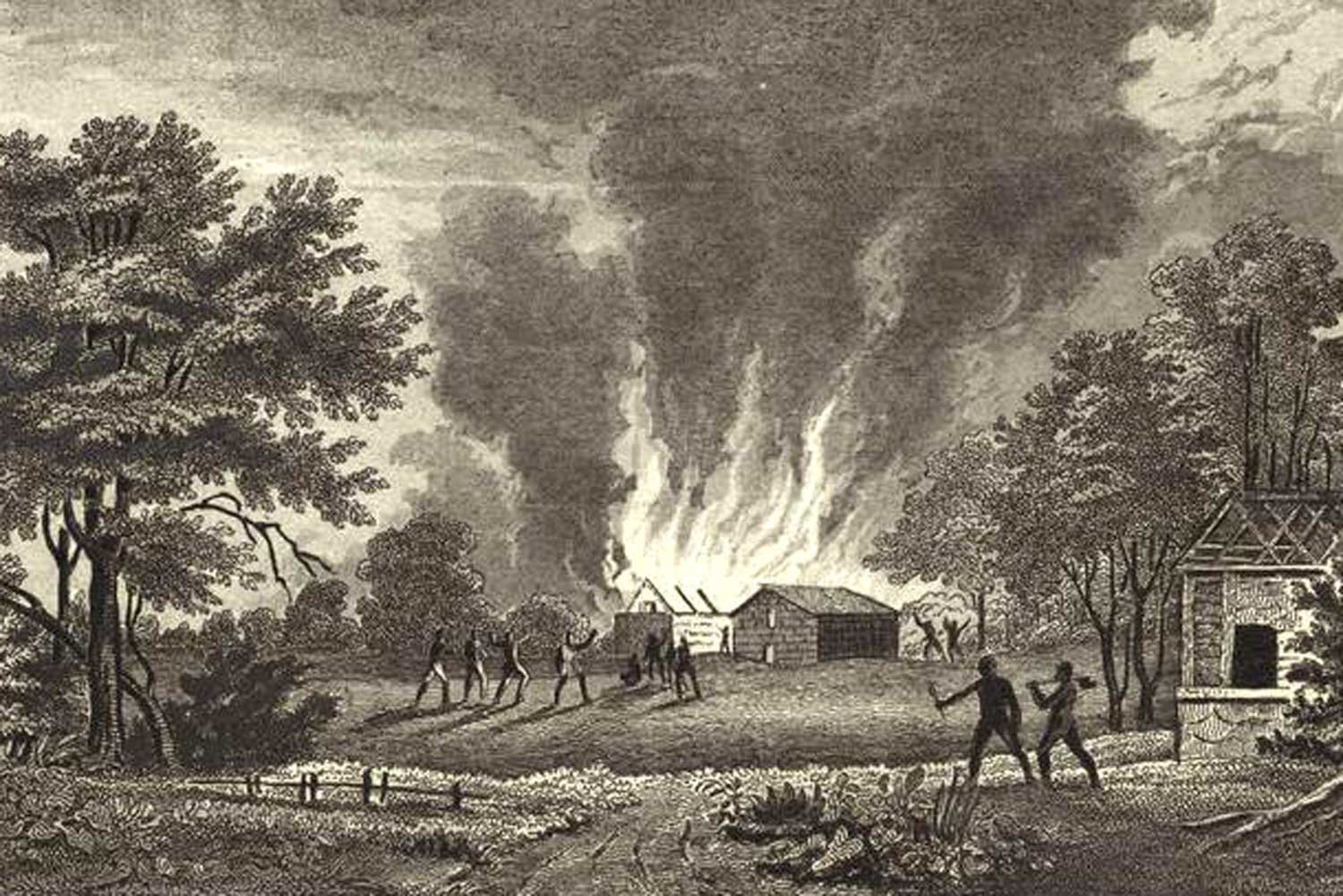
The Cherry Valley Massacre
The Spring and Summer of 1778 was terribly hard on the Mohawk Valley with partisan conflicts raging across much of New York state, and atrocities committed by both sides. Unfortunately, some of the worst mayhem was still to come.
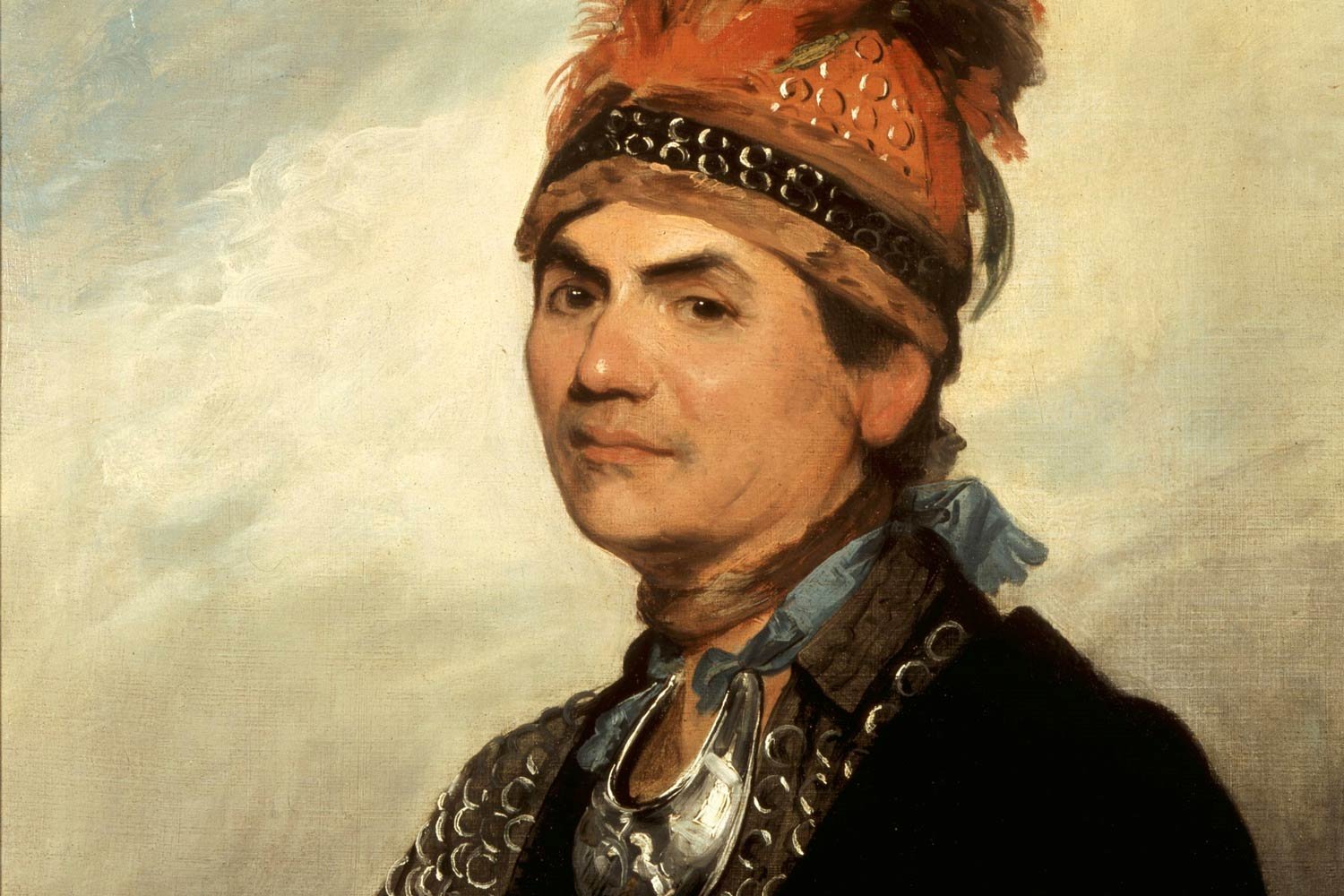
Brutal Partisan Conflict Erupts in 1778
The Spring of 1778 in New York and Pennsylvania saw the opening of one of the most brutal phases of the American Revolution. In a conflict that was more of a civil war than a British versus American fight, mixed bands of Loyalists and Indians wreaked havoc on their Patriot adversaries that terrible year.
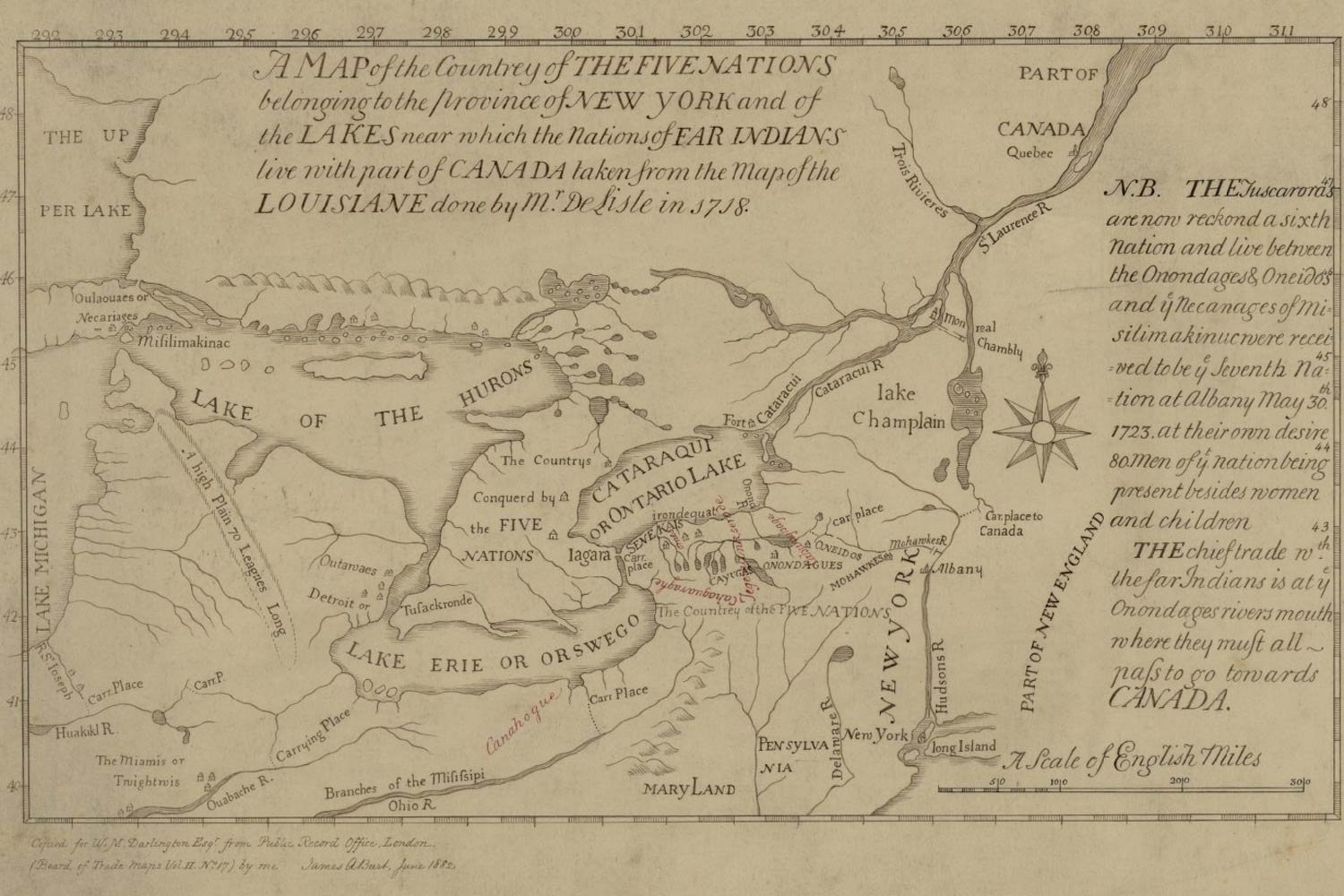
The Iroquois Confederacy
When the American Revolution began, most of western New York state was unsettled by Europeans and remained the dominion of the Iroquois Confederacy. Over the course of the next eight years, the clash of cultures would result in some of the bloodiest and most brutal fighting of the war.
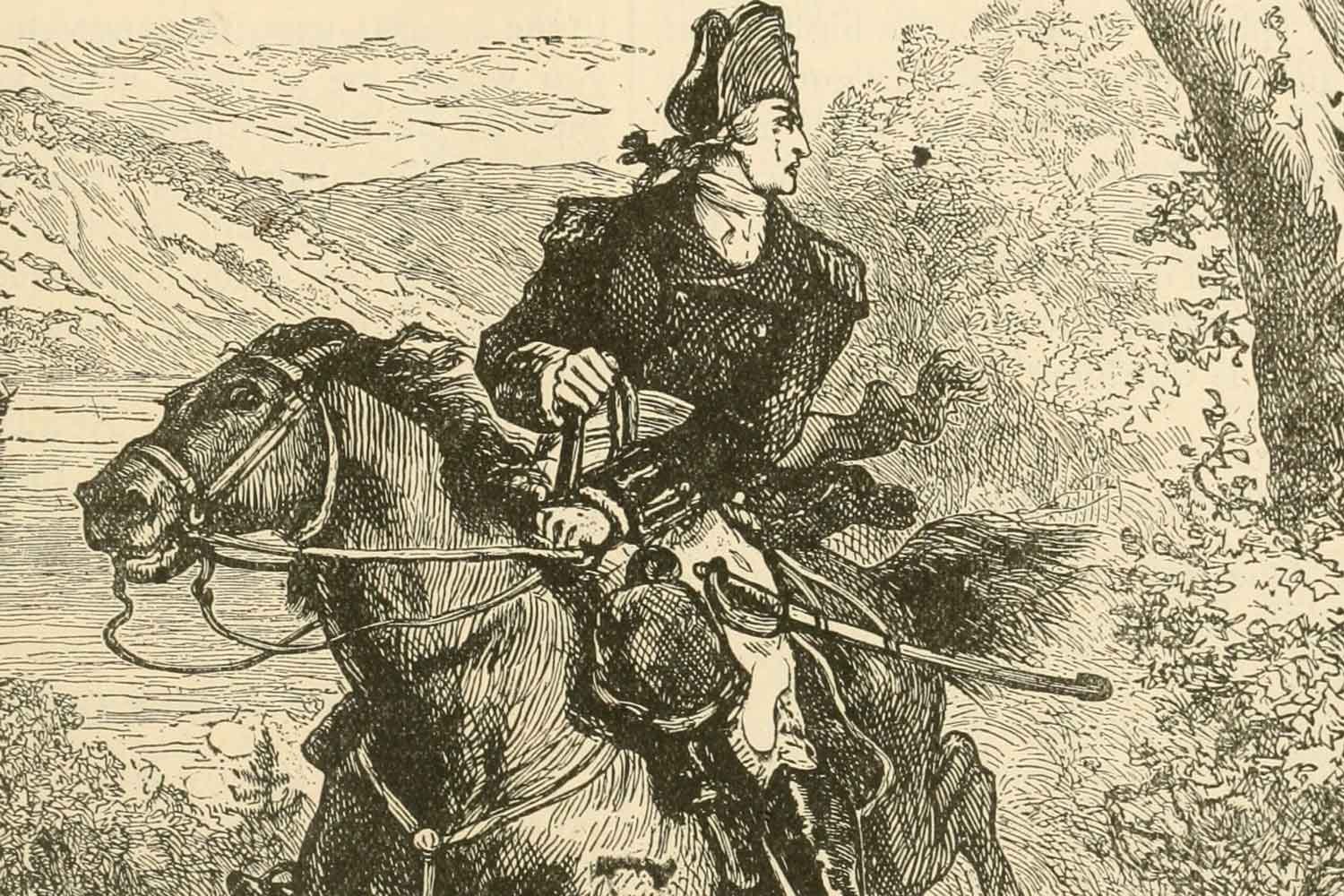
Arnold Has Betrayed Us
Lieutenant Colonel John Jameson, who commanded the unit that had captured the British spy Major John Andre, ordered an aide to take word to General Benedict Arnold about Major John Andre’s capture. He sent another aide to find and inform General George Washington as well.

Arnold’s Scheme Goes Awry
In June 1780, Benedict and Peggy Arnold asked two old acquaintances who were congressmen from New York, Robert Livingston and Phillip Schuyler, to request that General George Washington give Arnold the command of Fortress West Point. Unaware of Arnold’s true motives and wanting to help their friend, both congressmen complied. Arnold was now certain West Point would soon be his to give away.

Benedict Arnold’s Betrayal Begins
Benedict Arnold’s betrayal of the United States followed a series of disappointments and slights, both real and imagined. The final chapter in this sad story was the offer to hand over Fortress West Point to the British in September 1780, but the saga began in the Spring of 1779.
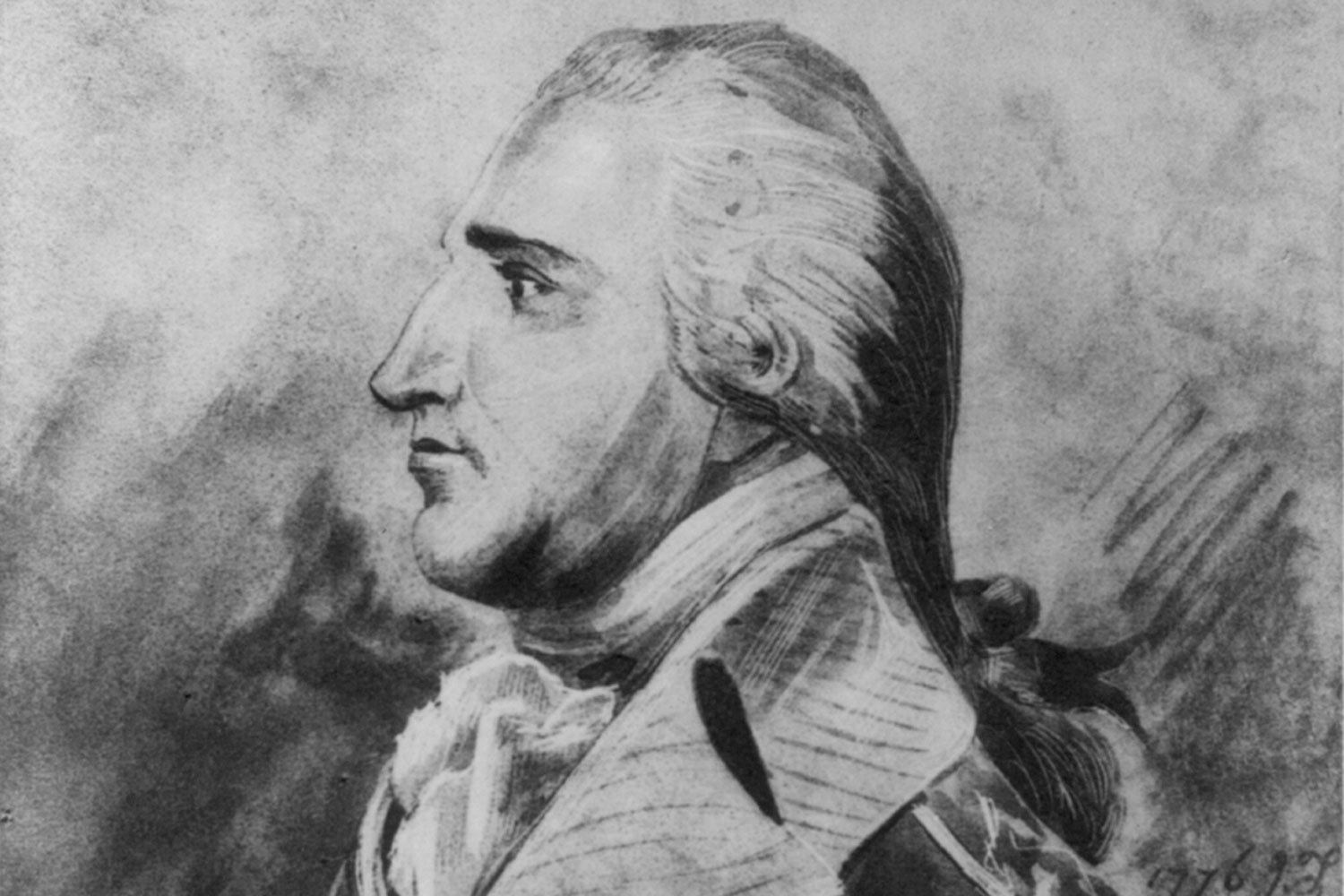
The Fall of Benedict Arnold
The Benedict Arnold who was named military commander of the Philadelphia region in 1778 was not the same man whose battlefield exploits had made him an early American legend. When Arnold had led his contingent of New Haven militiamen to the siege of Boston in April 1775, he was a wealthy, incredibly athletic man intent on helping the United States gain its independence.

The Hero of Saratoga
General John Burgoyne had captured Fort Ticonderoga on July 6 and was advancing south. General George Washington requested that Congress send his most trusted field commander, Benedict Arnold to stop Burgoyne. Washington informed Congress that without Arnold “the most disagreeable consequences may be apprehended.”
Benedict Arnold, America’s Fighting General
The most successful battlefield commander in the American army during the early years of the American Revolution was Benedict Arnold. Between 1775 and 1777, Arnold helped capture a fort, led a miraculous trek, besieged a foreign city, fought a naval battle, led a relief force to lift a siege, and saved a battle that led to the surrender of a British army.
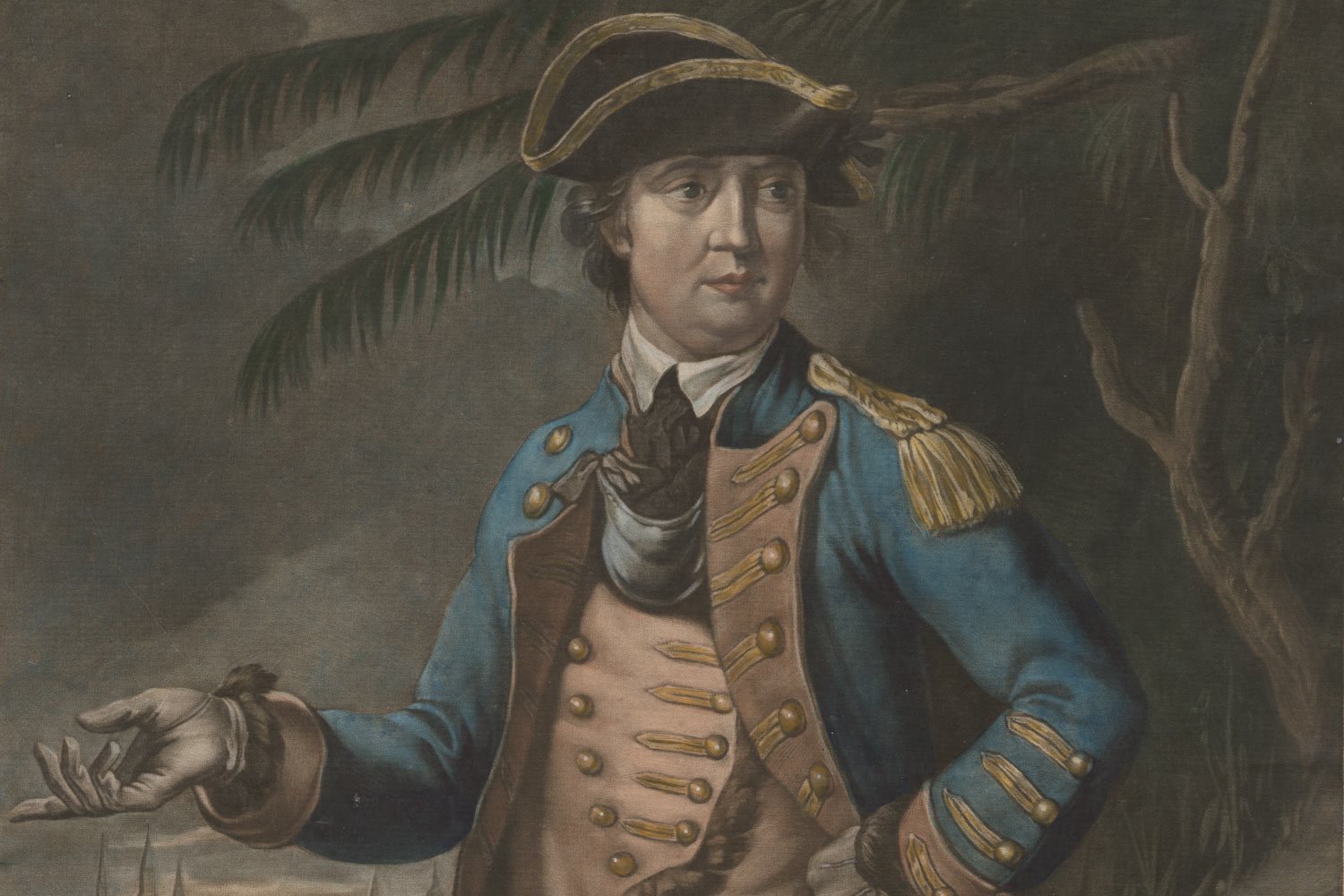
The Rise of Benedict Arnold
Benedict Arnold was one of the most complex men in American history. His meteoric rise from merchant to war hero and the subsequent fall from war hero to arch traitor is unparalleled in our nation’s history.
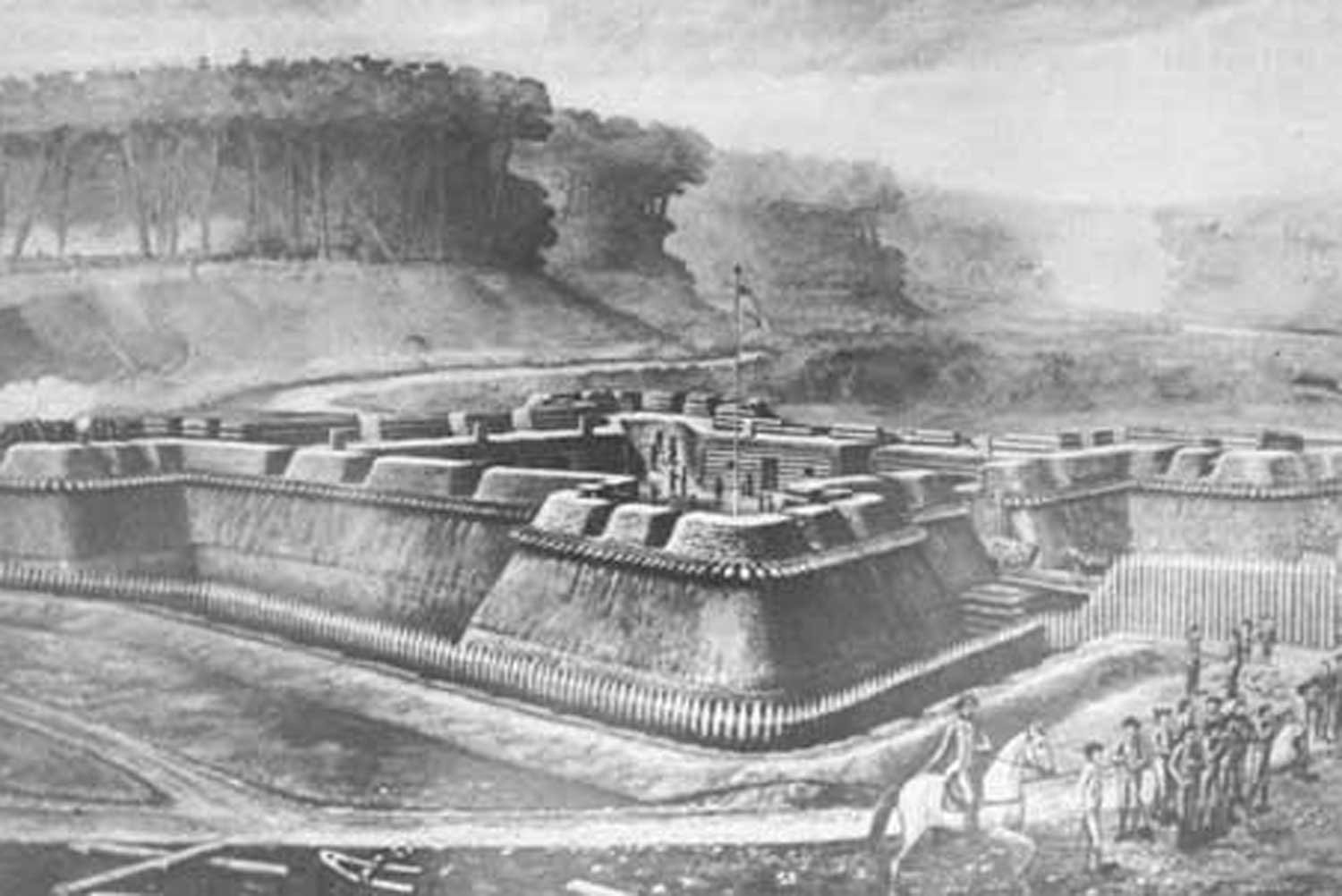
Arnold Leads Continentals to Relieve Fort Stanwix
The Tryon County militia sent to relieve the siege of Fort Stanwix had been badly mauled at the Battle of Oriskany on August 6, 1777. The combined Loyalist and Indian contingent under British Lieutenant Colonel Barry St. Leger, settled back into its work of reducing the fort or forcing the American garrison to surrender.




